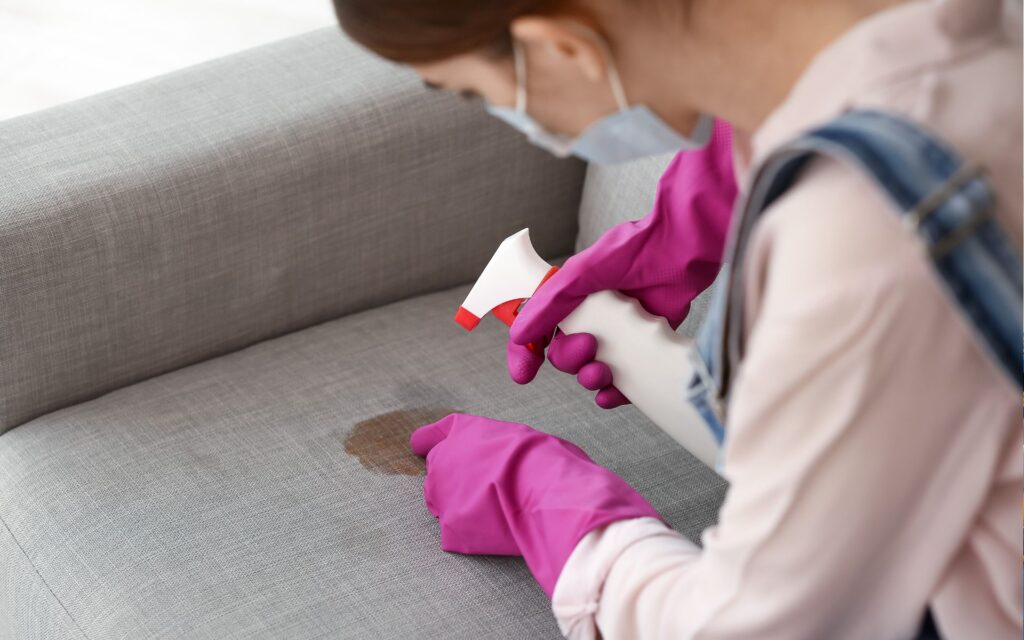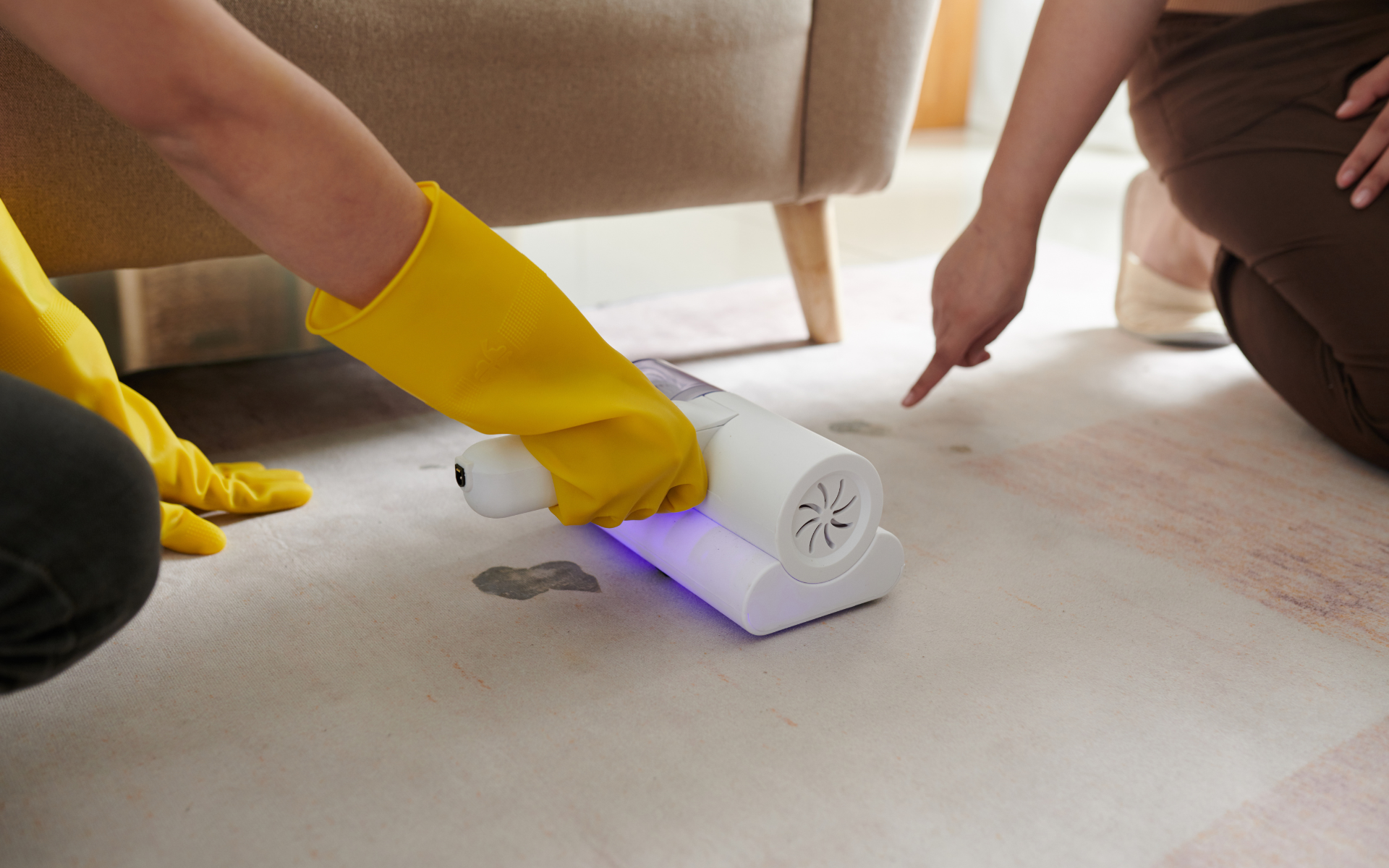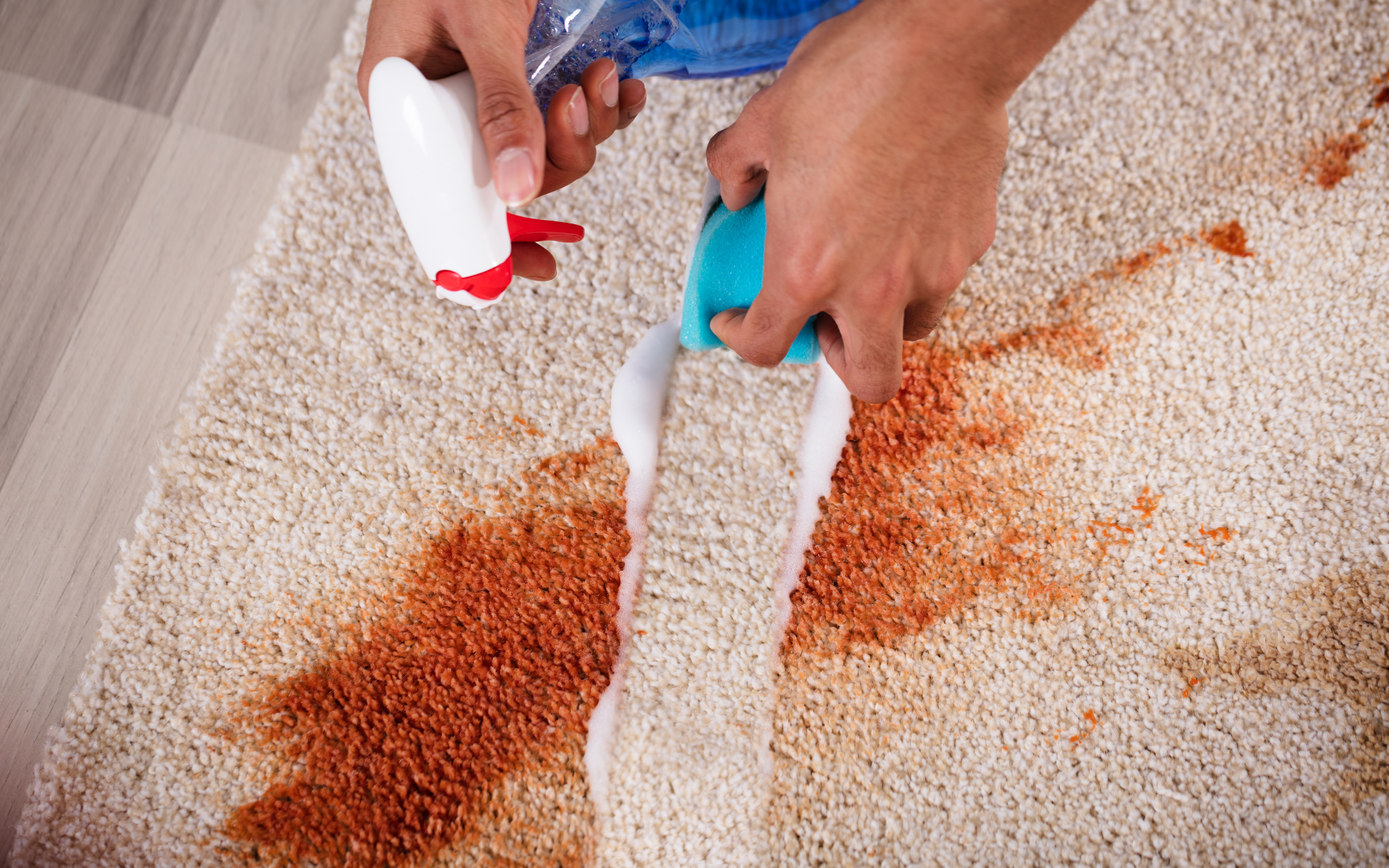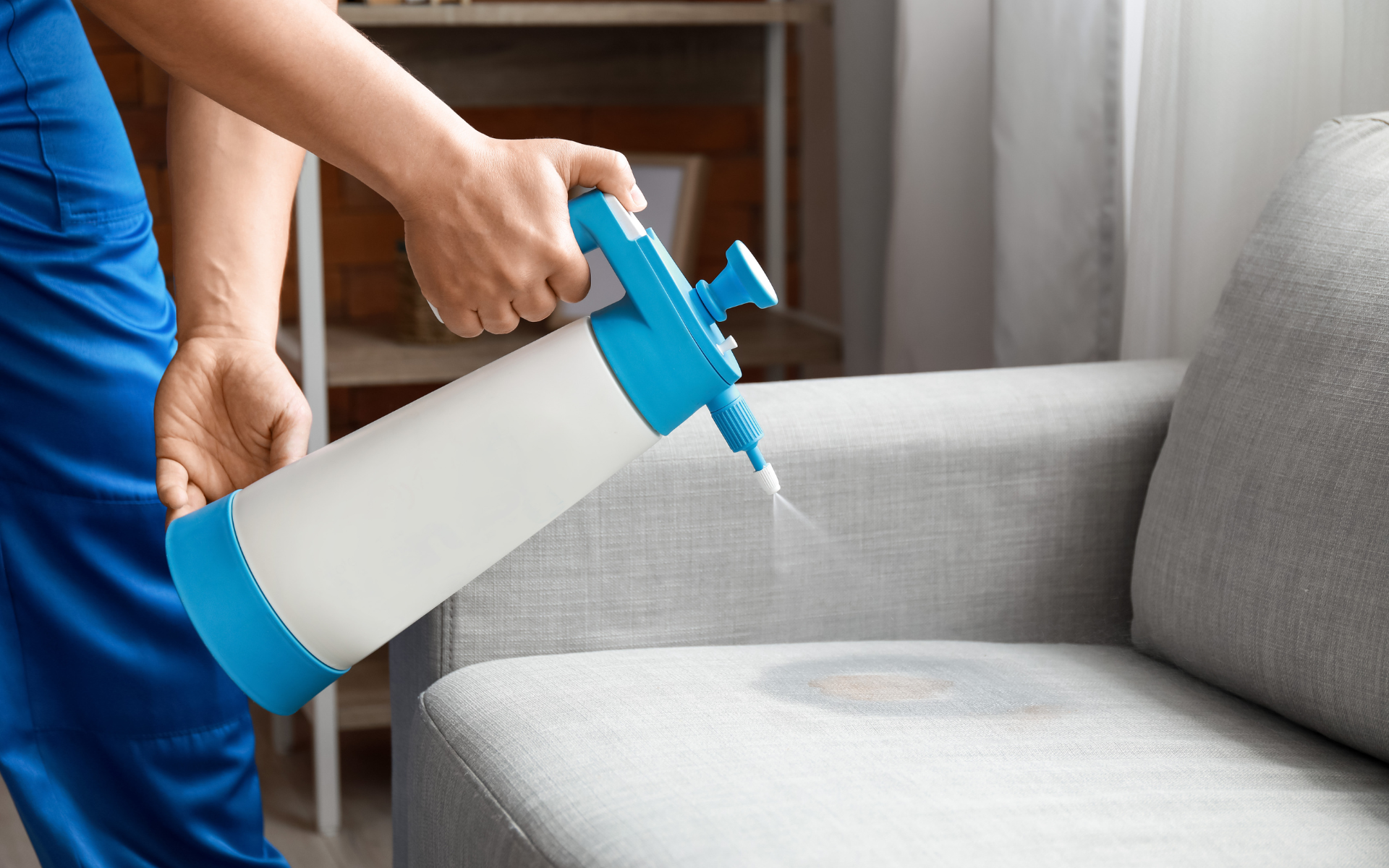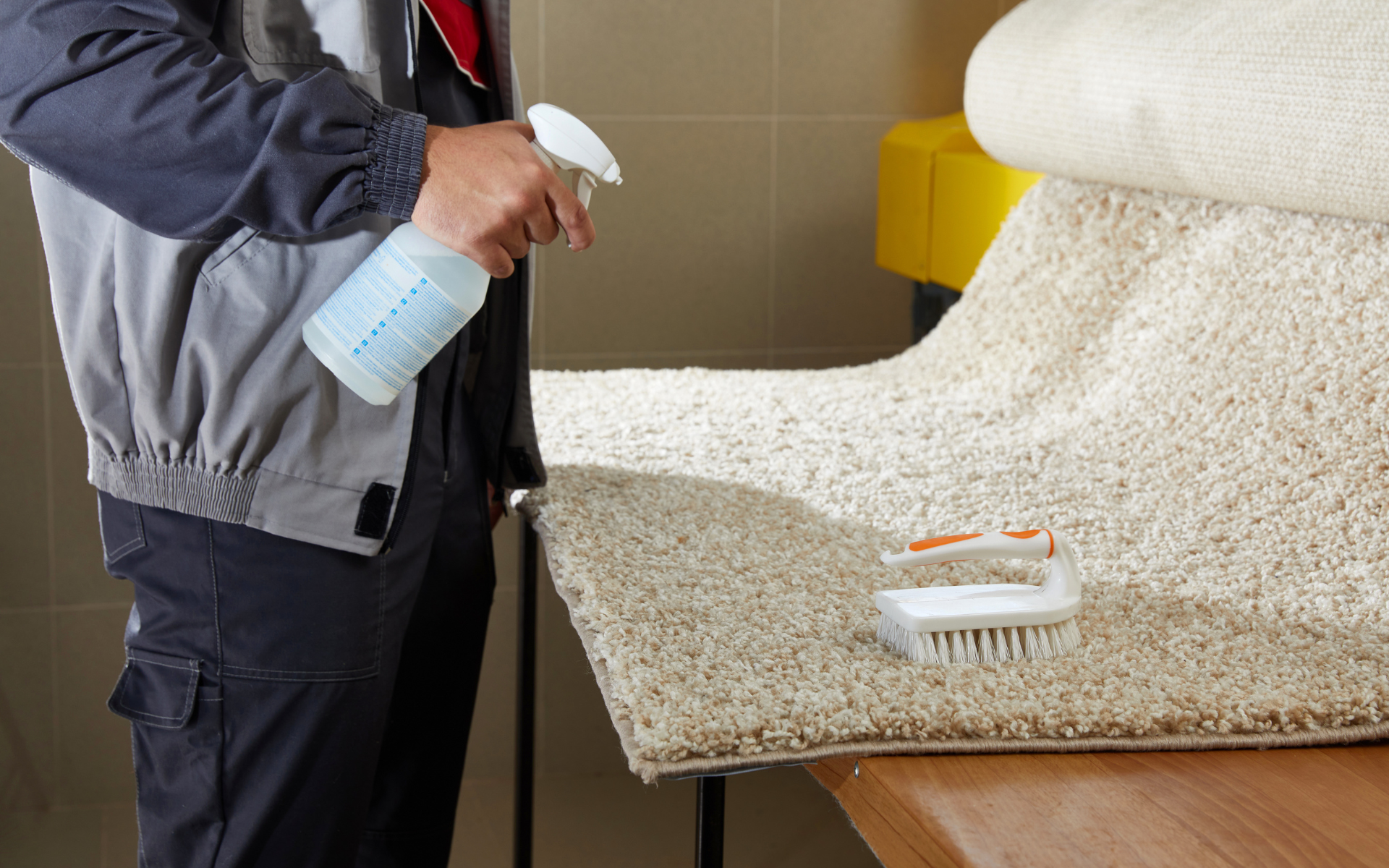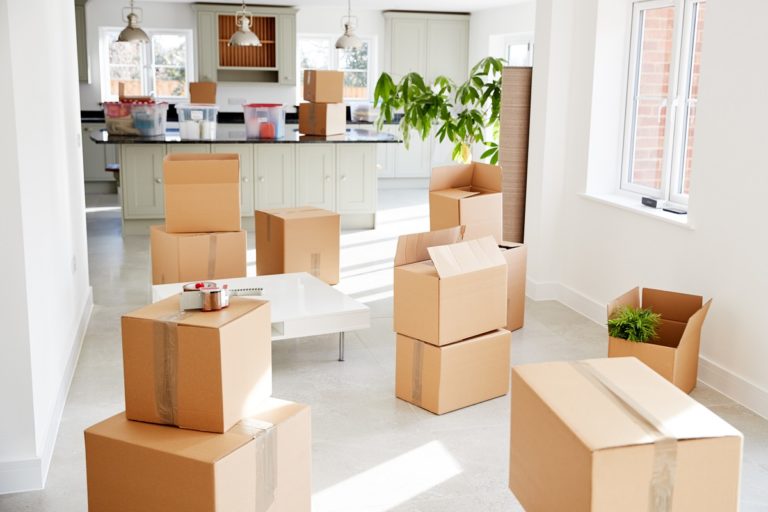Dealing with stains on your carpets or other furniture can be frustrating. But removing them doesn’t have to be difficult using the right techniques. This comprehensive stain removal guide covers signs you need help removing stains, common stain types, fabric considerations, the stain removal process, and DIY tips for success.
Signs You Need a Stain Removal Guide
How do you know if you could benefit from some expert advice on removing stubborn stains? Here are some telltale signs it’s time to level up your stain-removal skills:
You Have Visible Stains Even After Washing
If you regularly clean your carpets and furniture only to see lingering ketchup, grass, or makeup stains, a stain removal guide can help. Persistent stains usually need special pre-treatment.
Stains Have Set
Old stains that have been allowed to be set are harder to remove. If you have stained carpets or furniture sitting around for a while before you tackle them, you’ll want to use heavy-duty stain removal techniques like soaking or pre-treating.
You Have Delicate Fabrics
Some fabrics like silks and wools can easily become damaged if you use harsh stain treatments. A good stain removal guide considers fabric characteristics to recommend gentle techniques for delicates.
You Want to Avoid Ruining Fabrics
Trial and error with stain removal products can lead to damaged clothing or fabrics. If you want reliable, proven DIY stain removal methods, this article has the details you need.
Common Types of Stubborn Stains
All stains are not created equal when it comes to the removal process. Here are some of the most common and troublesome stains people grapple to remove from fabric:
Food Stains
Foods like condiments, oils, and sauces can be set into fabric. Some of the trickiest food stains include:
- Ketchup, mustard, mayonnaise
- Chocolate, butter
- Coffee, tea
- Ice cream
- Barbecue sauce
Drink Stains
Spilled beverages like wine, soft drinks, and fruit juice can leave behind sugary stains:
- Wine
- Soft drinks
- Fruit juice
- Maple syrup
Cosmetics
Beauty products contain dyes and oils that create a stain removal challenge:
- Lipstick and lip gloss
- Mascara
- Foundation and powder
- Nail polish
Bodily Fluids
It may be unpleasant to discuss, but bodily fluids like blood, sweat, urine, or vomit could end up on clothing. These protein-based stains call for specific removal techniques.
Outdoor Stains
Spending time outdoors exposes you to stains from:
- Grass
- Mud
- Tree sap, pine resin, or tar
Household Stains
Stains readily happen during everyday home activities:
- Ink
- Crayon
- Paint
- Wood stain
- Candle wax
- Shoe polish
Miscellaneous Stains
Some other miscellaneous stains that can set into fabrics:
- Mildew or mold
- Tobacco or smoke
- Adhesives like glue or nail polish
- Dye transfer
- Rust
- Scorch marks
Fabric Characteristics and Stain Removal
Clothing and household fabrics fall into various categories depending on fiber content. The fabric type makes a difference in stain removal processes and products.
Natural Fabrics
Natural fabrics come from animal coatings or plant materials like cotton, silk, wool, and leather. With natural weave textures, stains can more easily penetrate the fibers. Light stain removal techniques are required.
Synthetic Fabrics
Synthetics like polyester, acrylic, nylon, and spandex are sensitive to heat and more likely to scorch. But the smooth, plastic-like fibers also make stains less absorbent. Harsher chemicals can often be used.
Blended Fabrics
Most modern fabrics like twill, corduroy, and brocade are a cotton/polyester blend. Stain removal needs to account for the blend of natural and synthetic fibers.
Nonwoven Fabrics
Materials like felt, interfacing and vinyl laminates lack woven fibers so stains remain on the surface rather than absorbing. This makes many stains simpler to remove.
Fabric Care Instructions
Consult garment washing instructions for directions on bleach, temperatures, drying, and ironing. This informs the intensity of stain removal products safe for the material.
The stain identification and treatment information is based on fabric care recommendations from the American Cleaning Institute. They provide researched techniques for pre-treating and removing stains from various fabric types.
The Stain Removal Process
While a stubborn stain may look impossible to remove, there is always hope! Follow these methods to give yourself the best chance at success.
Step 1: Identify Stain Type
Pinpoint the exact food, cosmetic, outdoor, or household substance that caused the stain. This determines the right removal solution. For instance, lemon juice cuts through rust stains. WD-40 loosens tar and sap. Meat tenderizer dissolves protein-based stains.
Step 2: Remove Excess Stain
Don’t let a stain dry out completely. Gently scrape off or blot sticky excess substance from the fabric with a dull knife or paper towel. Never scrub or you may grind the stain further into the material.
Step 3: Select Stain Remover
Choose a stain remover suitable for the fabric and type of stain. All-purpose stain removers are available, but you can also mix DIY pastes like dish soap, vinegar, lemon juice, or ammonia.
Step 4: Apply Stain Remover
Soak the fabric backing in a stain remover-water solution. Or rub stain remover directly on the stain. Let it soak in for a few minutes.
Step 5: Blot Stain
Use clean paper towels or a microfiber cloth to gently blot lifted stains rather than scrubbing. Repeat steps 3-5 as needed.
Step 6: Rinse Fabric
Rinse stain remover from fabric under cold, running water. Check if the stain has lifted.
Step 7: Launder as Usual
Wash and dry the clothing or fabric as usual. If the stain is gone, success! If not, the drying process may permanently set the residual stain. Repeat the stain removal process before washing.
DIY Stain Removal Tips and Tricks For Light Stain
While specialty stain removers are available for purchase, you probably have some homemade solutions already handy. Give these DIY stain fighters a try before buying anything new:
Baking Soda
The mild abrasive and alkaline properties of baking soda let it dissolve stains. Form a thick baking soda paste with just enough water to scrub onto the fabric. Rinse thoroughly.
White Vinegar
The high acidity in white vinegar cuts through alkaline stains like perspiration, coffee, and urine. Use it straight or diluted depending on the stain and fabric.
Hydrogen Peroxide
As an oxidizing agent, hydrogen peroxide can lift out discoloration from age-related yellow stains. Avoid using it at full strength since it may bleach the fabric.
Dish Soap
A few drops of Dawn mixed with water makes a gentle stain remover safe for most colorfast fabrics. The grease-cutting formula tackles oily salad dressing, butter, and makeup residues.
Meat Tenderizer
The natural enzyme papain in meat tenderizer breaks down protein fibers in blood, egg, sweat, and grass stains. Make a paste with tenderizer powder and cold water to gently lift stains.
White Chalk
Rub white chalk powder directly on greasy stains before washing. The chalk absorbs the oil so it rinses away rather than re-depositing in the fabric.
Glycerin Soap
Dampen the stain with water then use a glycerin soap bar to gently rub fabric against itself to lift out stubborn marks. The soap grabs oily stains.
Rubbing Alcohol
The solvent properties in rubbing alcohol dissolve residue from pens, adhesives, nail polish, scorch marks, and wax. Check fabric care instructions first since alcohol could fade dyes.
Professional Stain Removal Services
DIY stain removal methods aren’t always successful, especially when dealing with carpets or expensive fabrics. Some severe stains require powerful chemicals or professional techniques beyond what you can achieve at home.
Carpet Cleaning Services
Carpets consist of porous fibers prone to trapping all kinds of dirt, spills, and stains over time. Attempting do-it-yourself carpet cleaning often falls short. Renting equipment doesn’t have enough suction. Store-bought cleaners can’t match professional strength solvents needed to remove years of set-in stains.
Specialized carpet cleaning companies have industrial machines, trucks outfitted as carpet cleaning vans with wands, brushes, and extraction tools. Combining steam, hot water, and cleaners injected deep in carpet fibers lifts old stains other methods can’t touch.
Carpet and Rug Institute guidelines provided facts on carpet fiber construction, how stains become trapped, and safely dissolving staining agents.
Upholstery and Furniture Cleaners
Upholstered furniture and mattresses develop unsightly yellowing from sweat, skin oils, and time. Food or drink accidents lead to ugly blotches sinking into cushions. Ink pen marks from the kids create permanent stains.
Department store rental cleaners only spot clean surface dirt on heavy furniture or mattresses. To deeply lift stains out of upholstered fabrics, hire professional upholstery cleaners. They have commercial-grade equipment and cleaning solutions strong enough to erase the worst stains without damaging delicate materials underneath.
Specialty Cleaners
For specialty stain situations like smoke or fire damage on walls, mold or mildew removal, and cleaning up challenging messes after floods or overflow, specially trained restoration and remediation experts should be called in. They know how to completely remove biohazard materials, odors, stains, and health risks the average person is not qualified to handle.
Determine if Professional Help is Worth the Cost
Not all treasured belongings with severe stains merit hiring professional stain removal services considering the prices they charge. Sentimentality aside, evaluate if the item is expensive enough for professional cleaning to make financial sense. Just like deciding when to call in the pros to repair home damage instead of DIY, have them assess if the staining can even be fixed before investing money and hoping for the best.
Bottomline
As you can see, removing stains takes a bit of a scientific method combined with some elbow grease. But don’t resign yourself to a lifetime of damaged clothing and textiles. Follow these stain removal guides to successfully erase spots and save your fabrics.
What stains plague your wardrobe and home? What DIY removers work to get out stubborn stains? Let me know in the comments!


